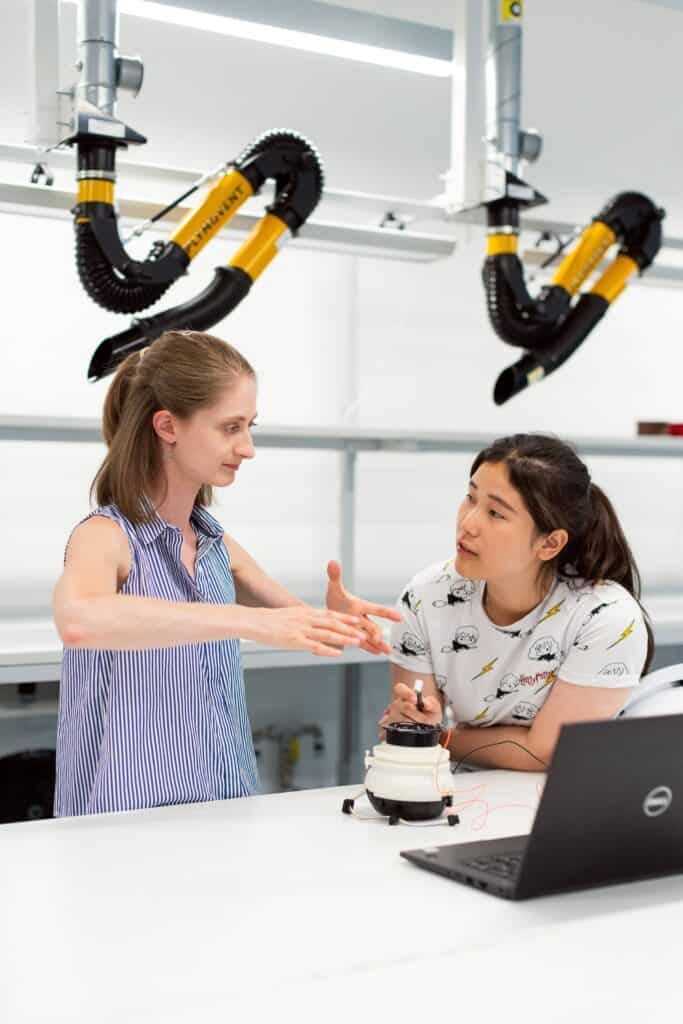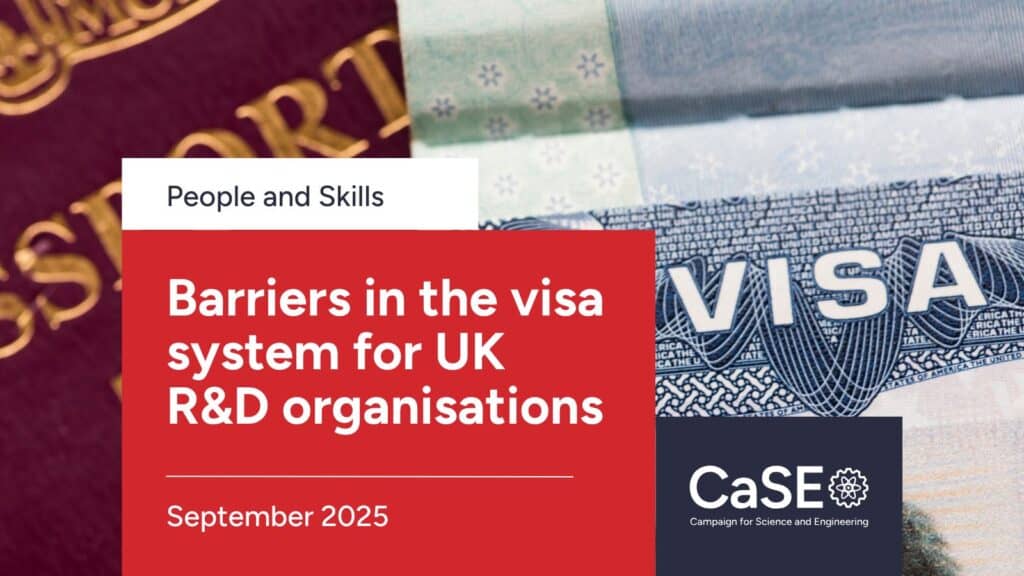Bringing the public onboard to cut through
Over the summer, CaSE has worked with our new public opinion research consortium to create a messaging guide for supportive voices who want to talk about researcher immigration in a way that can cut through the noise and bring the public along. This is a unique piece of work and will help the sector make the best possible case for better immigration policy.
Throughout the project we have worked with social research experts from The Social Agency and Icaro, creative professionals, and experienced sector voices from CaSE’s membership. Together we developed a series of messaging approaches and drew insights from how they landed with members of the public.
Principles for communicating about researcher immigration
These are the principles for championing researcher immigration. For more detailed insights, visit the research page for this work or the full messaging guide.
Be clear: ensure people understand that the message is about attracting the best overseas talent to the UK and avoid analogies
Be balanced: highlight the benefits of attracting overseas talent for the Britain and British workers, and avoid implying a reliance on immigration
Be inspiring: the best performing statements talked in positive terms about ‘building’, ‘deserving’, ‘firing up’ and ‘doing it again’ and not about ‘problems’
Be local: people struggle to see the how researcher immigration improves their daily lives, but local examples can help cut through
Be specific: give examples of innovation like antibiotics and the internet, instead of talking about it in general terms
Be mindful of language: either avoid using the word ‘immigration’ in messaging or distinguish it from other forms of immigration (e.g. #smartimmigration)
Be consistent: align on one idea and speak with one voice as a sector – individual executions should always lead back to the big idea
A useful tool and a changing environment
The messaging guide we have developed through this project gives the sector an exciting new resource to bring the public with us when we advocate for researcher immigration. This guide will not only be valuable for R&D organisations looking to engage with the public directly but should also be shared with supportive politicians to give them the confidence that this is a topic that can resonate positively with the public.
The project shows a promising route ahead for voices advocating for researcher migration. We saw that the public were often supportive of bringing talented researchers to the UK, but care needs to be taken to ensure that the message lands effectively. We found that messages that framed international talent as a way of restoring national pride and fixing ‘broken Britain’ were particularly effective. At the same time, we saw that people don’t want to hear that Britain is reliant on immigration and want to hear about homegrown talent as well.
It’s important to highlight that while this guide will enable new ways of talking about researcher migration, the best communication will always require careful understanding of the evolving nature of the message’s audience and context. For example, we found that people wanted to hear how international researchers would benefit their local areas – something that can only come from the insights of local research organisations and politicians.
We are conscious that this work was concurrent with a changing political climate around immigration, with extensive media coverage of protests and debates taking place across the UK about immigration. We could not address the summer’s protests in this project as they took place after we had developed our messages, but it is important to take this context into account when looking at the project outputs.
We found that positioning international researchers as a way of helping fix ‘broken Britain’ and restoring national pride was one of the most effective ways of engaging members of the public who are generally against immigration. This remains a promising way to engage hard to reach individuals, but we must take care that our communications as a sector don’t have a negative impact on sentiment towards researcher immigration within the wider context. This means we must stay alert to changes in the public discourse and tailor messaging that suits its context. For example, one of the project’s messages drafted earlier in the summer highlighted discontent with the state of the country and featured prominent Union Jack imagery. Following this summer’s ‘Raise the Colours’ flag protests, this message could risk being viewed as being aligned with the anti-immigration protests.
What next?
CaSE will continue to advocate for better policy for researcher migration and will continue to monitor public attitudes to R&D and how the sector can best advocate for itself in the evolving political climate.



